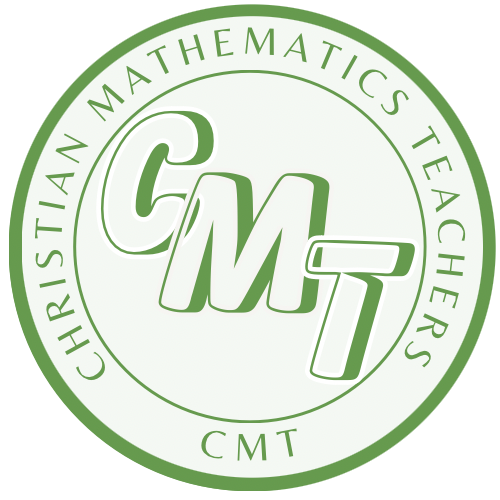At the beginning and end of the unit, students are provided with a self-assessment rubric.
This further clarifies what ‘success’ could look like in terms of faith. Students are invited to change the wording to suit their individual journeys and evaluate their progress.

Teachers need to identify attainable sub-goals to provide clear markers of progress along the way. This will help students with self-efficacy and build intrinsic interest and motivation for the work.
Students can re-visit the self-assessment rubric at the end of the unit to identify areas for growth.
The process of identifying learning intentions encourages teachers to deeply contemplate and engage with the concept of success for students within the intertwined objectives of faith and mathematics.
Self-assessment rubrics work together with:
- Teacher outlines
- Student unit outlines (you will generally find self-assessment rubrics together with unit outlines)
- Posters – with the main idea for the unit of work

